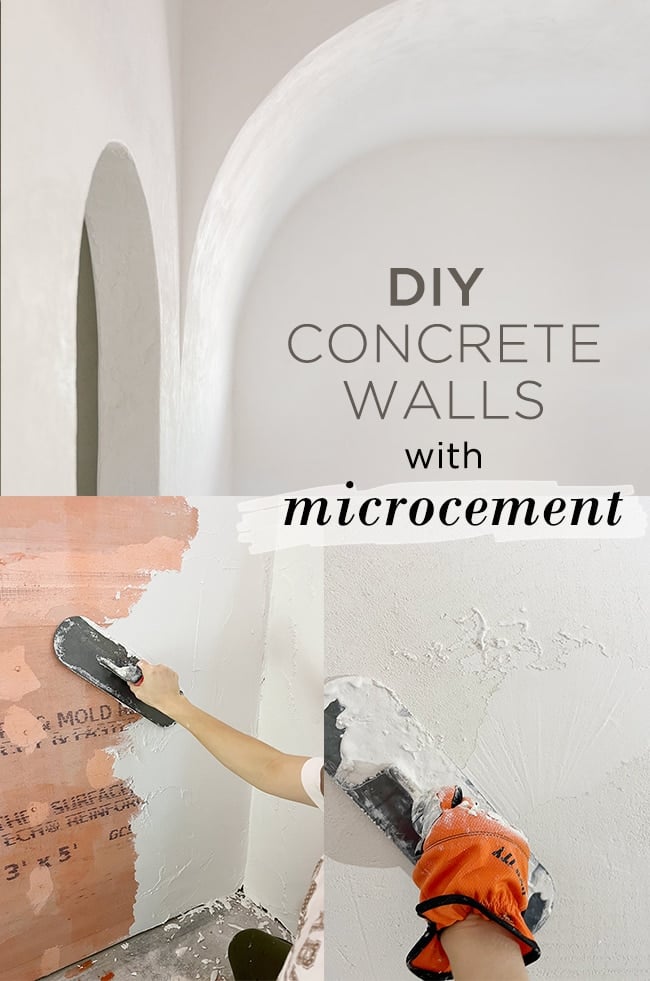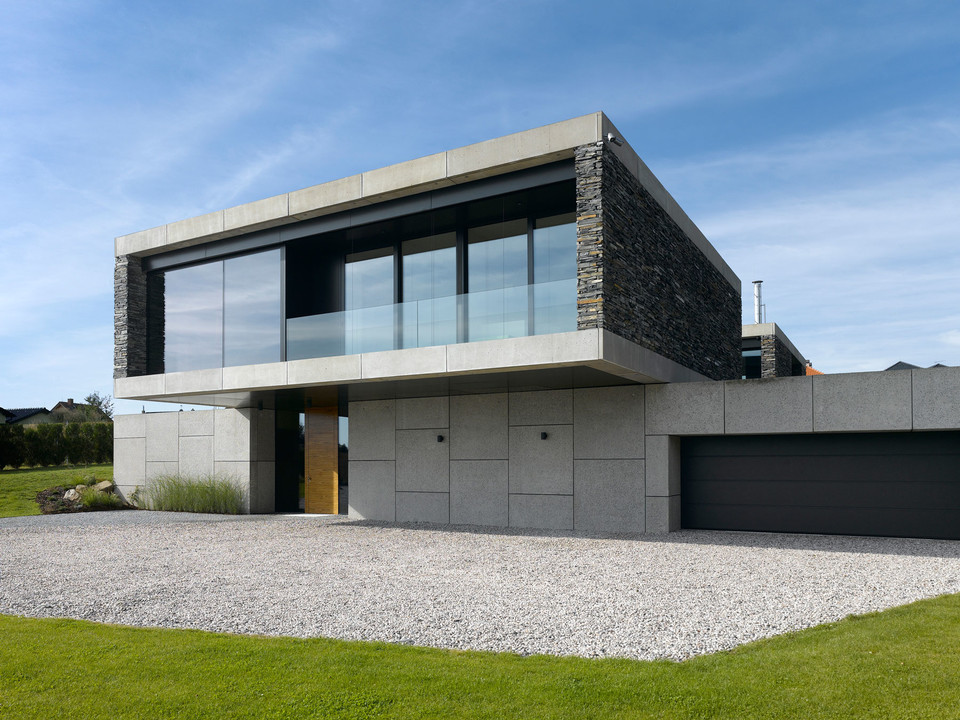Experience Excellence: Count On the Best Concrete Companies Near Me
The Resilience and Style of Concrete Sidewalks
Concrete sidewalks have actually long been a staple in urban and suburban landscapes because of their exceptional combination of stamina and visual allure. The toughness of concrete as a paving product is popular, with its capacity to stand up to hefty foot web traffic, harsh weather, and the test of time. Past their strength, concrete walkways provide a canvas for creative layout and modification, raising the total appearance of a neighborhood or commercial location. As we explore the intricate information of concrete sidewalks, it comes to be obvious that their beauty exceeds simple functionality, making them a fascinating topic of consideration for both specialists in the market and lovers alike.

Advantages of Concrete Sidewalks
Enhancing pedestrian safety and aesthetics, concrete walkways supply a durable and visually enticing option for country and city landscapes. One of the primary benefits of concrete walkways is their long life. Unlike some different materials that may break down with time, concrete sidewalks have a long lifespan, needing very little upkeep. This durability makes them an affordable option in the future, as they can withstand heavy foot traffic and various climate condition without degrading swiftly.
Furthermore, concrete sidewalks are highly functional in regards to design. They can be tailored to match the surrounding setting, whether it be with different colors, appearances, or patterns. This adaptability enables imaginative flexibility in metropolitan planning and landscape design tasks, improving the overall aesthetic charm of the area.
Additionally, concrete sidewalks are known for their reduced ecological impact. Concrete is a lasting product that can be recycled, reducing waste and adding to environment-friendly building practices. By picking concrete walkways, communities can focus on both aesthetic allure and environmental responsibility in their framework projects.
Layout Options for Sidewalks
When thinking about design alternatives for walkways, it is important to focus on both performance and visual charm in city planning and landscape design jobs. Concrete Contractor. There are a number of layout options offered to boost the visual allure and functionality of pathways

Another option is subjected accumulated concrete, where the leading layer is removed to expose the accumulation under, creating a aesthetically interesting and textured surface that likewise uses superb slip resistance. - Concrete Companies Near Me
Colored concrete is a flexible selection that can be tailored to complement the surrounding atmosphere or produce visual rate of interest. Incorporating attractive components like boundaries, racking up, or discoloration can better boost the total layout of the pathway.
Upkeep Tips for Long Life
To ensure the sturdiness and sophistication of concrete pathways with time, correct upkeep is necessary in maintaining their visual allure and architectural stability. Routine cleaning is fundamental in preventing dirt, particles, and discolorations from gathering externally. Basic tasks like sweeping or rinsing with a yard tube can aid preserve the appearance of the sidewalk. In instances where discolorations i thought about this are consistent, moderate detergent and water can be used for rubbing. Securing the concrete every 2-3 years is likewise essential to safeguard it from moisture infiltration, freeze-thaw cycles, and chemical damage. This sealer aids in keeping the shade and finish of the pathway while boosting its resistance to deterioration. Furthermore, dealing with any splits or damage quickly is vital to protect against additional wear and tear. Tiny fractures can be loaded with concrete caulk, while bigger problems may need professional fixing to make sure the structural security of the sidewalk. By adhering to these maintenance pointers vigilantly, concrete sidewalks can maintain their beauty and capability for many years ahead.
Ecological Impact of Concrete
Concrete, a commonly made use of construction material, has considerable ecological effects that warrant cautious factor to consider in modern-day framework tasks. The production of concrete includes the removal of resources such as sedimentary rock and sand, adding to habitat destruction and environment disturbance. In addition, the production procedure launches a substantial amount of carbon dioxide, a greenhouse gas that adds to climate change. Nevertheless, concrete's toughness and long life can counter several of these ecological influences. When effectively kept, concrete frameworks can have a life expectancy of a number of decades, reducing the need for frequent reconstruction and the linked source usage.
To minimize the ecological impact of concrete, lasting methods such as utilizing alternative cementitious products, integrating recycled aggregates, and maximizing mix styles are being increasingly taken on. These methods can help lower carbon discharges, decrease power usage, and minimize waste generation throughout building. Furthermore, cutting-edge innovations like carbon capture and application are being discovered to make concrete production a lot more ecologically friendly. By implementing these approaches, the building industry can remain to profit from the sturdiness of concrete while reducing its general ecological footprint.
Future Patterns in Sidewalk Construction
Thinking about the advancing landscape of lasting construction practices, the future patterns in walkway building are positioned to reinvent the means concrete frameworks influence the setting. Among the key trends in sidewalk construction is the increased use recycled products. By including products such as recycled accumulations and supplementary cementitious products like fly ash or slag, pathways can be built with a reduced carbon impact. Furthermore, the growth of permeable concrete is acquiring traction in walkway find this building. Absorptive concrete enables water to pass through, minimizing overflow and reducing the strain on stormwater management systems.
The fostering of premade concrete pathway sections can improve building procedures, lowering waste and construction time. As sustainability ends up being a significantly critical aspect of building, these patterns in walkway building and construction are most likely to form the future of city framework development.

Conclusion
Finally, concrete sidewalks provide many advantages such as longevity and style. With numerous layout options readily available, proper maintenance is important for longevity. Despite issues regarding its environmental effect, concrete stays a prominent option for walkways. Future patterns in walkway building may concentrate on incorporating more lasting products and innovations to decrease environmental harm. Overall, concrete pathways proceed to be a trustworthy and elegant selection for pedestrian paths.
Unlike some different materials that might break down over time, concrete sidewalks have a lengthy life expectancy, requiring very little maintenance.To make certain the sturdiness and elegance of concrete go to these guys pathways over time, proper upkeep is vital in preserving their aesthetic allure and structural honesty.Thinking about the evolving landscape of sustainable building and construction methods, the future fads in sidewalk building and construction are poised to reinvent the means concrete structures influence the environment. Furthermore, the growth of permeable concrete is getting traction in walkway building and construction. The fostering of prefabricated concrete pathway areas can improve building and construction procedures, decreasing waste and building and construction time.